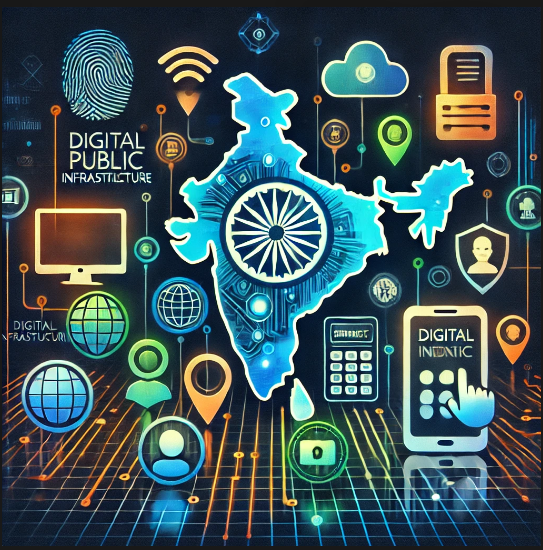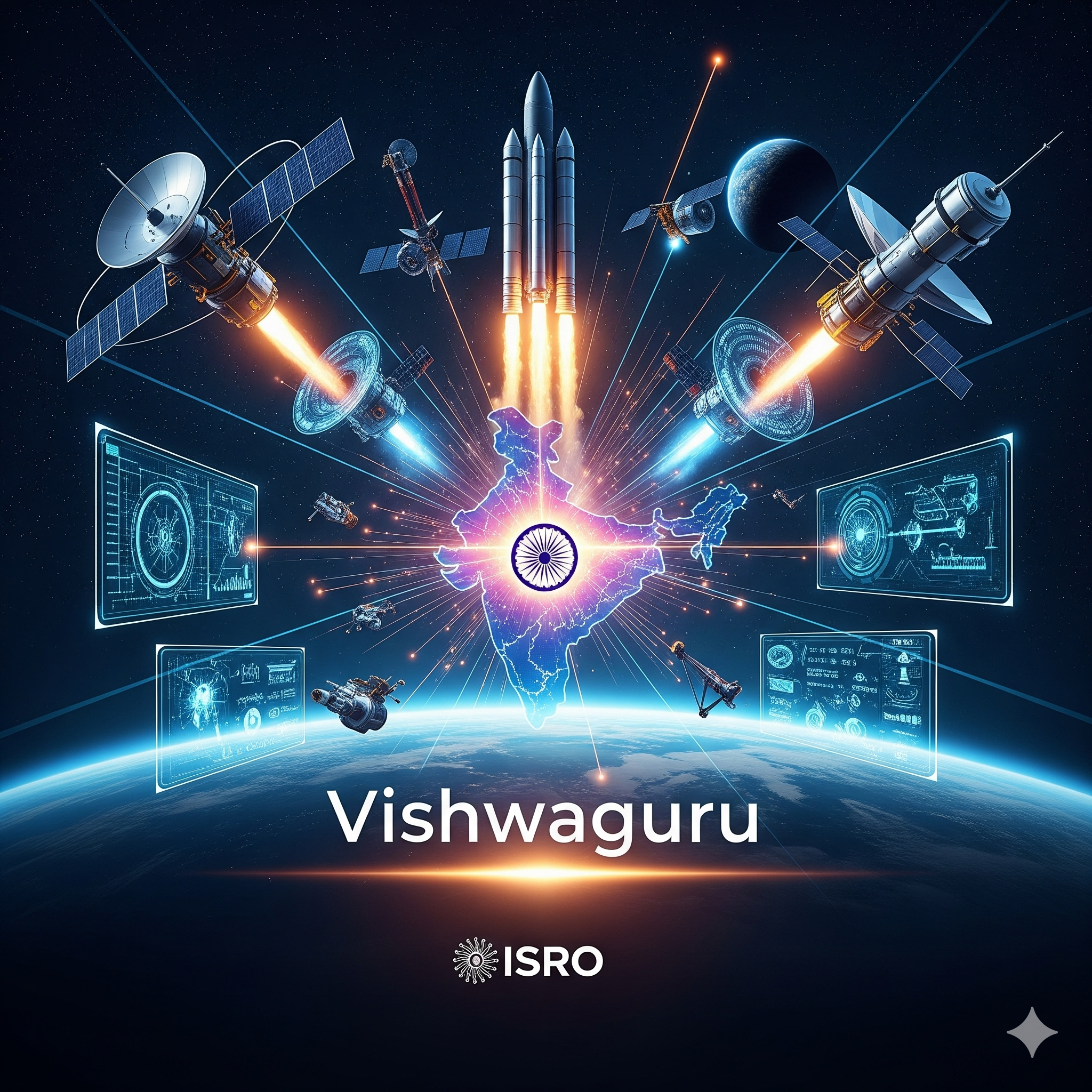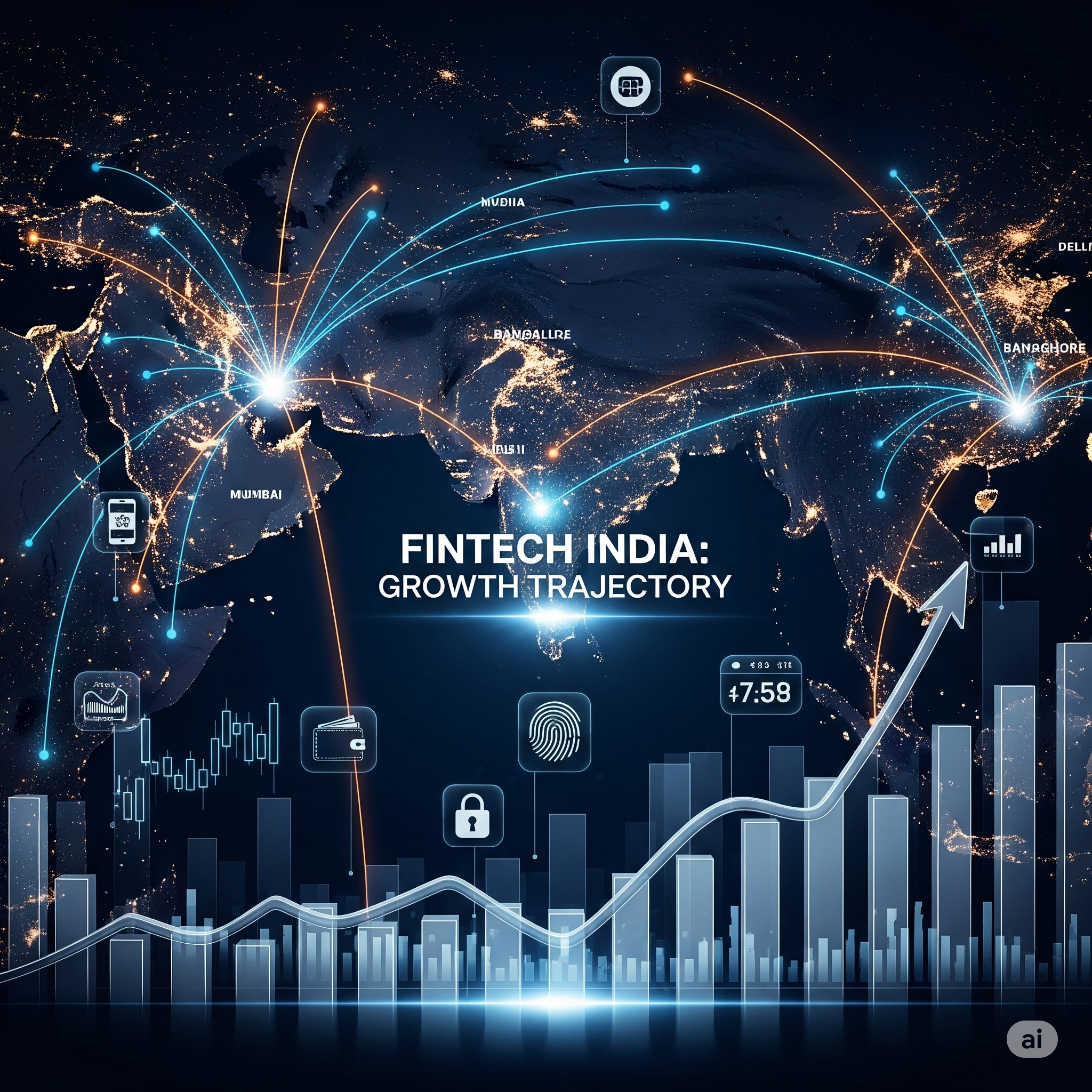India Stack refers to a set of technology-driven solutions and frameworks designed to digitize key aspects of the Indian economy and its governance systems. It is often regarded as one of the most ambitious efforts in the world to build a digital infrastructure for financial inclusion, governance, and public service delivery. The “India Stack” is more than just a collection of technological tools—it’s an integrated digital ecosystem that powers a wide range of applications and services for individuals, businesses, and governments. Its underlying infrastructure is designed to make a wide range of services accessible to all, especially marginalized populations, using digital platforms.
The concept of Digital Public Infrastructure (DPI) comes into play when discussing India Stack. DPI can be understood as a framework of interoperable digital platforms that serve as the backbone of a nation’s digital economy. India Stack is an example of DPI, where different public and private entities interact via a common technological platform, making it easier for citizens to access services, businesses to operate efficiently, and governments to offer inclusive, transparent services. India Stack’s key components include identity systems, payment systems, data-sharing frameworks, and more.
Components of India Stack
1. Aadhaar (Digital Identity)
Aadhaar is the cornerstone of India Stack, providing a unique digital identity to every resident of India. This 12-digit unique identity is linked to biometric data such as fingerprints and iris scans, which ensures that an individual’s identity can be accurately verified without the need for physical documents. Aadhaar has become the backbone for several other services, including direct benefit transfers, e-KYC (Know Your Customer), and accessing government services. By integrating Aadhaar into various systems, the Indian government has drastically reduced fraud, enhanced transparency, and made public service delivery more efficient.
The impact of Aadhaar goes beyond just verification. It enables governments and businesses to identify and authenticate individuals digitally, which is crucial for services such as opening bank accounts, applying for government schemes, and accessing healthcare.
2. UPI (Unified Payments Interface)
The Unified Payments Interface (UPI) is another pillar of India Stack. It allows seamless, real-time money transfers between individuals and businesses, leveraging mobile phones and the internet. UPI has simplified digital payments, making it accessible to millions of people in India, even in rural areas. By linking multiple bank accounts to a single mobile app, UPI allows users to transfer money, pay bills, and make purchases easily. It has revolutionized digital payments in India, increasing financial inclusion by enabling even the unbanked to participate in the economy.
UPI’s success is driven by its interoperability, where users can transfer money across different banks and platforms without the need for a third-party intermediary. Its low transaction fees, speed, and ease of use have made it a game-changer in India’s financial ecosystem.
3. DigiLocker
DigiLocker is a cloud-based document storage and sharing system that allows individuals to store important documents, such as educational certificates, identity proofs, and legal documents, digitally. The system is integrated with Aadhaar and facilitates paperless transactions, enabling easy sharing of documents with government authorities and other institutions.
DigiLocker’s benefits include reducing the need for physical paperwork, enhancing security (as documents are digitally signed and encrypted), and making the process of accessing and verifying documents faster. It serves as an example of how digital public infrastructure can streamline administrative tasks and contribute to reducing bureaucracy.
4. e-Sign
e-Sign is a tool within the India Stack ecosystem that allows individuals to sign documents electronically. It integrates with Aadhaar for secure digital signatures. This system enables individuals and organizations to authenticate agreements, contracts, and other documents without needing physical signatures. The ability to sign documents digitally saves time, reduces the cost of document management, and simplifies processes for individuals and businesses alike.
e-Sign is widely used for applications in various sectors, such as financial services, government documentation, and corporate agreements, enhancing the ease of doing business in India.
5. India’s Data Empowerment and Protection Architecture (DEPA)
India is also working on an ambitious initiative to manage data protection and empower individuals with control over their data. The Data Empowerment and Protection Architecture (DEPA) will allow users to share their data with third-party providers in a secure and transparent manner. DEPA is aimed at enabling individuals to make informed decisions about how their data is used, whether by private businesses, government bodies, or other entities. By ensuring secure data-sharing processes, DEPA supports the creation of personalized services for citizens while safeguarding privacy.
DEPA will also help ensure that data used for decision-making is authentic and transparent. By implementing DEPA, India is laying the groundwork for a future where citizens can control their data and decide how it should be used, both for personal and commercial purposes.
Role of India Stack in Digital Public Infrastructure
India Stack is a prime example of a robust Digital Public Infrastructure. By creating a platform where the public and private sectors can collaborate on a common technological framework, India has set the stage for a more inclusive digital economy. DPI can be viewed as the digital equivalent of physical infrastructure like roads, electricity grids, and sewage systems. It serves the foundational role of enabling the smooth functioning of various public and private services by providing a common platform for sharing information, accessing services, and engaging with governance systems.
1. Improved Service Delivery
With India Stack, citizens can access government services more easily, which reduces corruption and delays. Instead of long queues and paperwork, people can use their digital identities to avail of services, file tax returns, apply for subsidies, and access various welfare schemes. For instance, direct benefit transfers (DBT) use Aadhaar to authenticate individuals and ensure that benefits reach the intended recipients.
2. Financial Inclusion
One of the major objectives of India Stack is to drive financial inclusion. The use of Aadhaar for e-KYC has made it easier for individuals in remote areas to open bank accounts, access loans, and participate in digital payments. UPI has revolutionized the way money is transferred in India, making it easy for people to send or receive money even with basic mobile phones.
3. Governance and Transparency
Digital Public Infrastructure supports transparency in governance. With the widespread use of Aadhaar and digital signatures, the government can ensure that transactions are tracked and monitored. This leads to reduced corruption and ensures that government benefits and services reach the target population without misuse or inefficiencies.
The use of DigiLocker and e-Signature also makes governance processes paperless and reduces the chances of fraud or tampering. Furthermore, public services can be delivered more quickly because individuals can submit applications and documents digitally.
4. Innovation in Services
India Stack also promotes innovation in service delivery. By providing an open platform for developers and entrepreneurs, it has encouraged the creation of new apps and services. For example, businesses can use UPI to create mobile wallets, pay for utilities, and conduct e-commerce transactions seamlessly. Similarly, startups can use Aadhaar and DigiLocker to create secure, efficient solutions for document management and identity verification.
The interoperability of the India Stack infrastructure makes it easier for third-party developers to create and deploy services that meet the specific needs of individuals and businesses across various sectors, from health and education to agriculture and governance.
The Challenges and Future of India Stack
Although India Stack has made significant progress in creating a comprehensive digital infrastructure, there are challenges in scaling it up and ensuring that all citizens have access to these services. While urban areas have seen widespread adoption, rural areas face barriers such as internet connectivity, lack of digital literacy, and insufficient infrastructure. The government must focus on bridging the digital divide and providing access to the underserved.
Another challenge is the protection of personal data. While Aadhaar and other systems offer a unique way to authenticate identity, there are concerns about privacy, data breaches, and misuse. The introduction of DEPA is a step in the right direction, but comprehensive data protection laws and awareness programs are essential to ensure the safety and privacy of individuals’ data.
Conclusion
India Stack represents an innovative and ambitious approach to creating a digital public infrastructure that can address some of the most pressing challenges in governance, financial inclusion, and service delivery. Through its components like Aadhaar, UPI, DigiLocker, e-Sign, and DEPA, India is paving the way for a more inclusive, transparent, and efficient system of digital governance. However, overcoming the challenges of digital access and privacy will be crucial in realizing the full potential of this ecosystem.
By continuing to innovate and address these issues, India can establish itself as a global leader in the development of digital public infrastructure, demonstrating how technology can transform economies, improve public services, and empower citizens.




